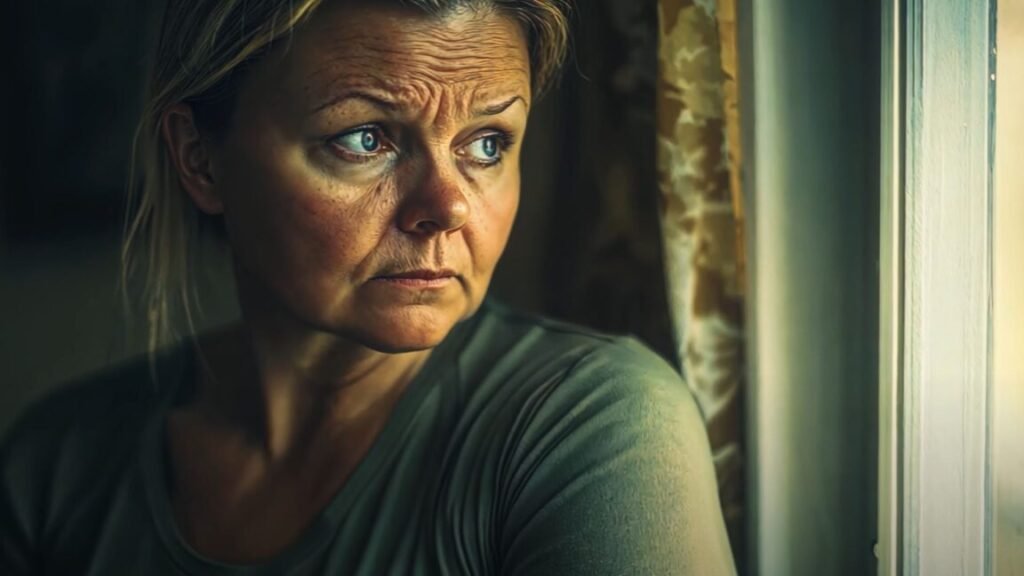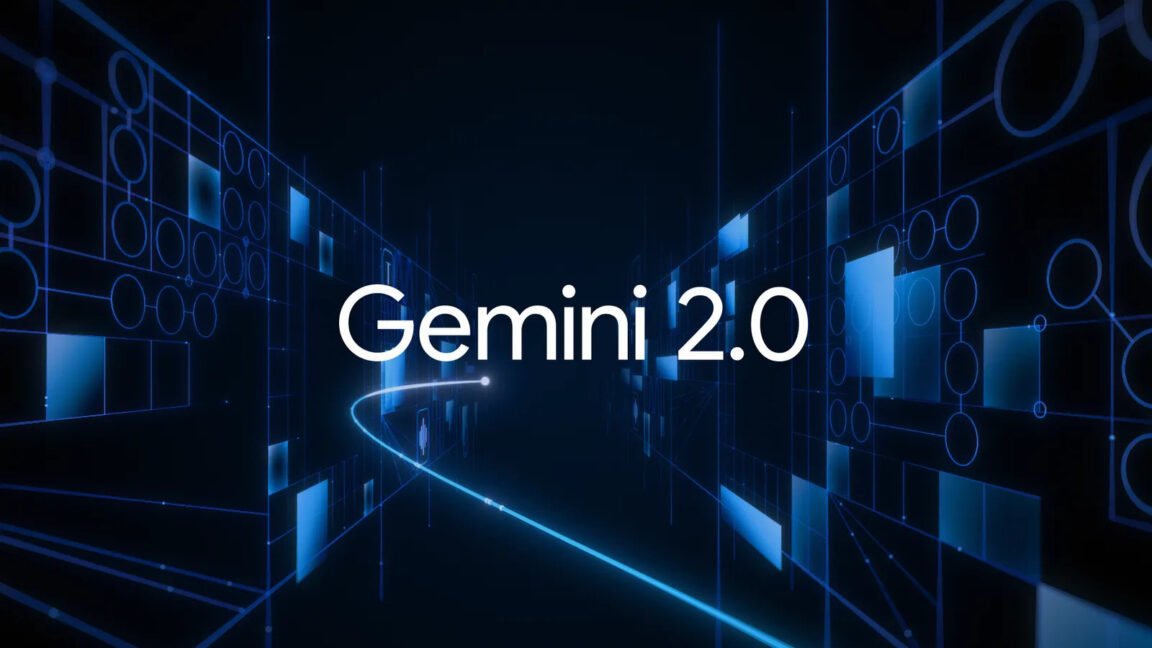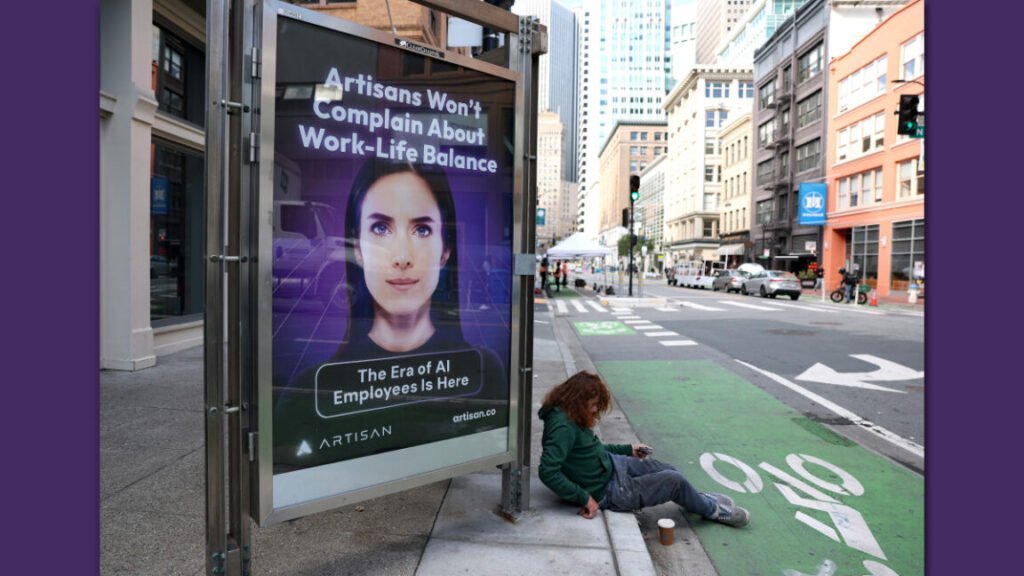Artists defending a class-action lawsuit are claiming a major win this week in their fight to stop the most sophisticated AI image generators from copying billions of artworks to train AI models and replicate their styles without compensating artists.
In an order on Monday, US District Judge William Orrick denied key parts of motions to dismiss from Stability AI, Midjourney, Runway AI, and DeviantArt. The court will now allow artists to proceed with discovery on claims that AI image generators relying on Stable Diffusion violate both the Copyright Act and the Lanham Act, which protects artists from commercial misuse of their names and unique styles.
“We won BIG,” an artist plaintiff, Karla Ortiz, wrote on X (formerly Twitter), celebrating the order. “Not only do we proceed on our copyright claims,” but “this order also means companies who utilize” Stable Diffusion models and LAION-like datasets that scrape artists’ works for AI training without permission “could now be liable for copyright infringement violations, amongst other violations.”
Lawyers for the artists, Joseph Saveri and Matthew Butterick, told Ars that artists suing “consider the Court’s order a significant step forward for the case,” as “the Court allowed Plaintiffs’ core copyright-infringement claims against all four defendants to proceed.”
Stability AI was the only company that responded to Ars’ request to comment, but it declined to comment.
Artists prepare to defend their livelihoods from AI
To get to this stage of the suit, artists had to amend their complaint to better explain exactly how AI image generators work to allegedly train on artists’ images and copy artists’ styles.
For example, they were told that if they “contend Stable Diffusion contains ‘compressed copies’ of the Training Images, they need to define ‘compressed copies’ and explain plausible facts in support. And if plaintiffs’ compressed copies theory is based on a contention that Stable Diffusion contains mathematical or statistical methods that can be carried out through algorithms or instructions in order to reconstruct the Training Images in whole or in part to create the new Output Images, they need to clarify that and provide plausible facts in support,” Orrick wrote.




